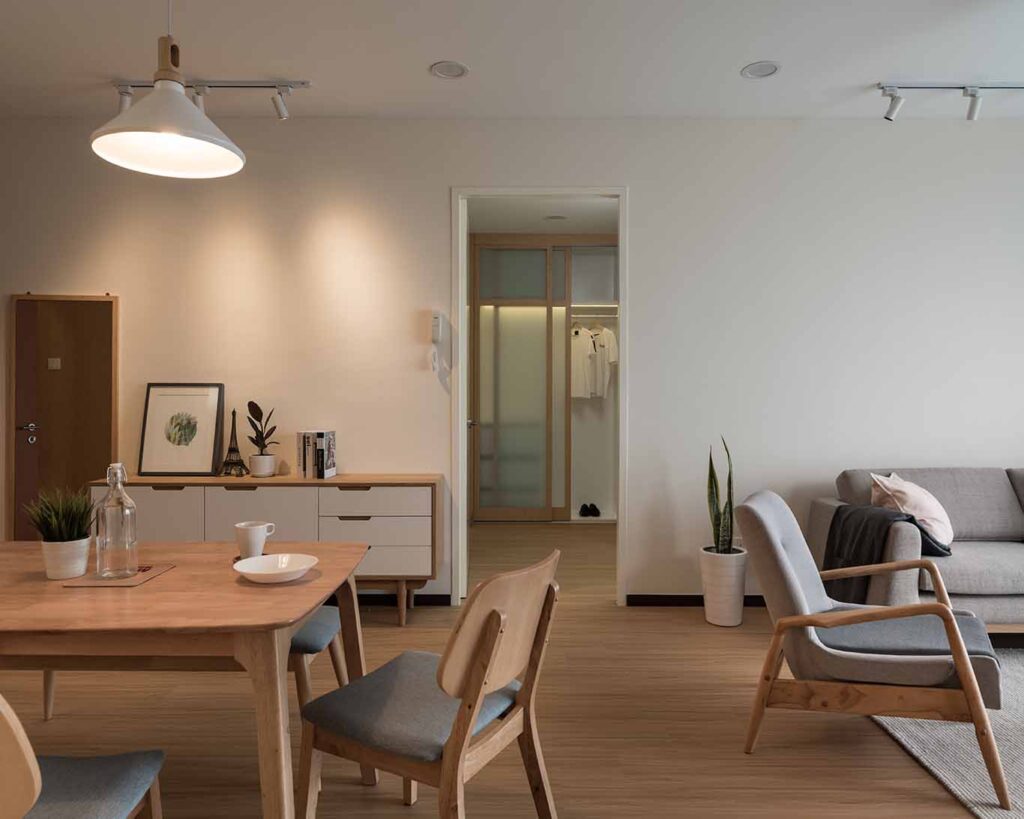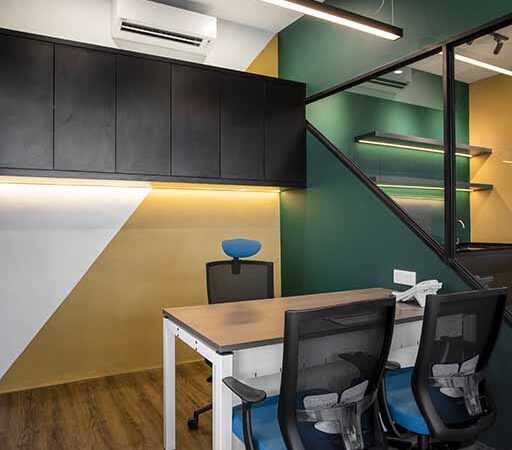Interior design is an effective device that enables people to make their living spaces peaceful surroundings that reflect their personal style and boost their wellbeing. It’s the process of combining the aesthetics of design, practicality as well as creativity to produce areas that aren’t just aesthetic but also functional and relaxing. If it’s a relaxing living space, stylish kitchen, or a tranquil sleeping space, design for interiors is able to alter our perceptions and enrich our everyday living.
One of the main aspects in interior designing is using of colors. Colors can create emotions and establish the mood of a room. Colors that are warm like oranges, reds and yellows are able to provide a welcoming and cozy environment, while cool shades such as greens and blues provide a sense of tranquility and serenity. Selecting the appropriate color scheme to suit the space you are in is essential since it forms the base for the whole style. When choosing colors that are compatible Designers can create an appealing and cohesive design.
A further important aspect in interior designing is how you arrange furnishings and the like. The design of a space will greatly affect its function and flow. Designers take into consideration factors like the dimensions and shapes of the space in addition to the individual demands and needs of people who live there. Through strategically arranging furniture pieces and other accessories, they are able to maximize the usage of space to create an orderly and well-balanced arrangement. From choosing the ideal couch for your living space to setting up kitchen appliances to ensure the best efficiency, careful arrangement can make a difference to a room.

Materials and texture play major roles in interior design, as they play a significant role in interior design as. A variety of textures, including smooth or rough, soft or even shiny, are able to create depth and visual interest to the space. Mixing various textures creates the sensation of a tactile one that appeals to the senses. Additionally, choosing the right material, including metal, wood, and glass, may influence the overall design and ambience of an area. It doesn’t matter if it’s rustic, or an ultra-modern minimalist style choosing the appropriate texture and material is vital for achieving the aesthetic you want. For more information please visit here Spadesconcept
Lighting is one of the most important aspects of design for interiors that usually is not noticed. Lighting that is well-designed can alter the ambience and mood of an area. The natural light is highly desired because it gives a feeling of openness and energy. Yet, artificial lighting can be equally crucial, particularly when it is dark and in areas with a lack of light sources. light. When strategically arranging different kinds of lighting fixtures including task, ambient and accent lighting designers can develop a complex and dynamic lighting system which enhances the function as well as the atmosphere in a room.
Recently the concept of sustainability has grown into an essential element of the design process for interiors. Designers are increasingly using eco-friendly techniques and materials into their design projects. Reclaimed wood is a popular choice, but also installing efficient lighting systems, green design is designed to lessen environmental impacts while creating gorgeous and useful places. Through embracing sustainability principles Interior designers can help create a more sustainable and more sustainable world without sacrificing style or the comfort.
